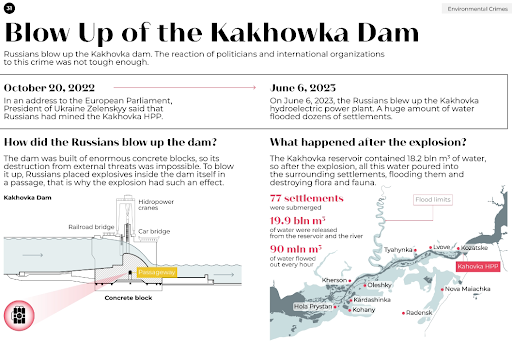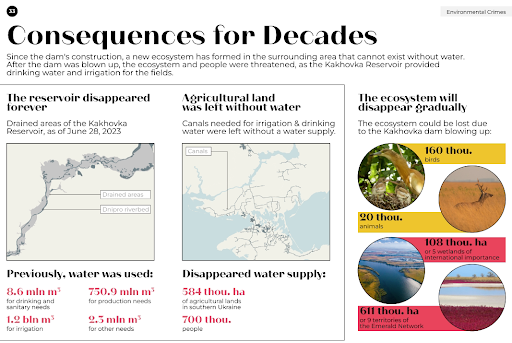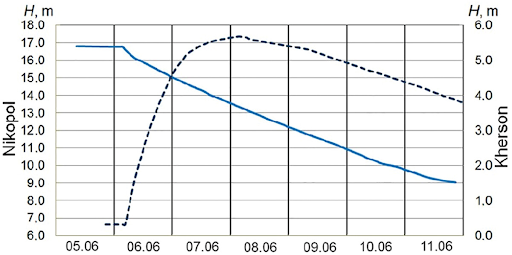1/ Back on March 2, 2023, @DefenceHQ declared it to be #MudSeason, Ukrainian as ‘bezdorizhzhia’, limiting cross country movement (CCM)/trafficability. This #NAFOWeather🧵 looks at when soil will dry sufficiently to support offensive operations.
https://twitter.com/DefenceHQ/status/1631179745516830720
2/ Most of the techniques referenced in the analysis originate from the #NATO Reference Mobility Model (NRMM). Documents describing the NRMM are public domain.
Cite: slideshare.net/QuestSystems/a…
Cite: slideshare.net/QuestSystems/a…

3/ Processes which control vehicle trafficability are ground pressure exerted by vehicles and strength of soil. As soil dries, it can support a greater load. In addition to military applications, agriculture and land managers assess soil strength to minimize impact to vegetation. 

4/ Vehicle ground pressure depends on contact area & weight of vehicle. This table categorizes vehicle types and the ground pressure identified by the Vehicle Cone Index (VCI). Track vehicles have lower VCIs while heavy multi-wheeled vehicles have higher VCI requirements. 

5/ Examples of Vehicle Types and their soil strength requirements (list not meant to be exhaustive or include all vehicles operating the war in Ukraine). 

6/ Graph shows the relationship between soil strength (RCI) and volumetric soil moisture (m**3/m**3) by soil type. Using the VCI strength requirements, we can link soil moisture to soil strength to vehicle type ground pressure requirements.
Cite: journals.ametsoc.org/view/journals/…
Cite: journals.ametsoc.org/view/journals/…

7/ Table links NRMM vehicle type ground pressure, soil strength, and soil moisture for soil type: Chernozen (FAO), Silty Loam "ML" Type (USDA/USCS). Assuming offensive operations will employ multiple vehicles and types, I use a conservative soil strength Go/No Go criteria (left). 

8/ Water cycle processes which control soil moisture: Precipitation and snow melt, influences soil moisture gain or maintenance; while run-off, evaporation, transportation, and infiltration influences soil moisture loss. 

9/ This is the annual soil moisture climatology for regions in the line of conflict. Soil accumulated moisture in the winter and slowly dries out through the spring and summer, but there are regional differences in the drying rate where the north is wetter longer. 

10/ This is the same soil moisture climate data but focused on January-May in tabular format. Color coding the table and locations using Go/No Go criteria to get a sense of what a "normal" soil moisture looks like by region. 

11/ Instead of looking at soil moisture climate data, these are analysis of soil moisture for 2022 and 2023. I extrapolated March-May for 2023 using the drying rate for the same months from 2022, again color coding using Go/No Go criteria. 

12/ This is recent SMAP satellite data (13 MAR 2023). It is a bit noisy but the general pattern shows drier in the south and wetter in the north versus in 2022 for the same time.
go.nasa.gov/3FGSQeU
go.nasa.gov/3FGSQeU

13/ Looking at temperature, precipitation, soil and drought indicators variance from normal climatology by region, I made small changes to soil moisture drying rate, e.g., 2 weeks later in the north and 2 weeks sooner in the south. 

14/ Finally, the Soil Strength Go/No Go Forecast by region for supporting multiple vehicles and types using the same road or path. This forecast is likely conservative and assumes normal rainfall for April and May. Questions and comments welcome. /end 

.@ThreadUnrollBot please unroll
• • •
Missing some Tweet in this thread? You can try to
force a refresh




















